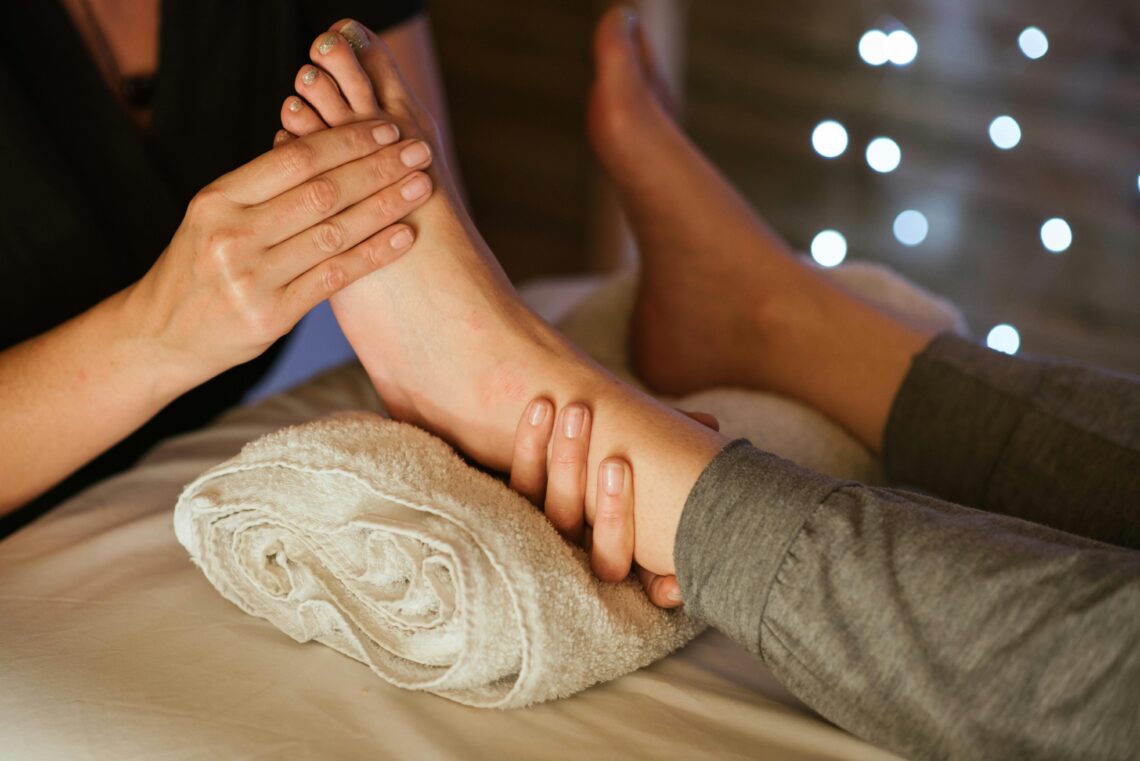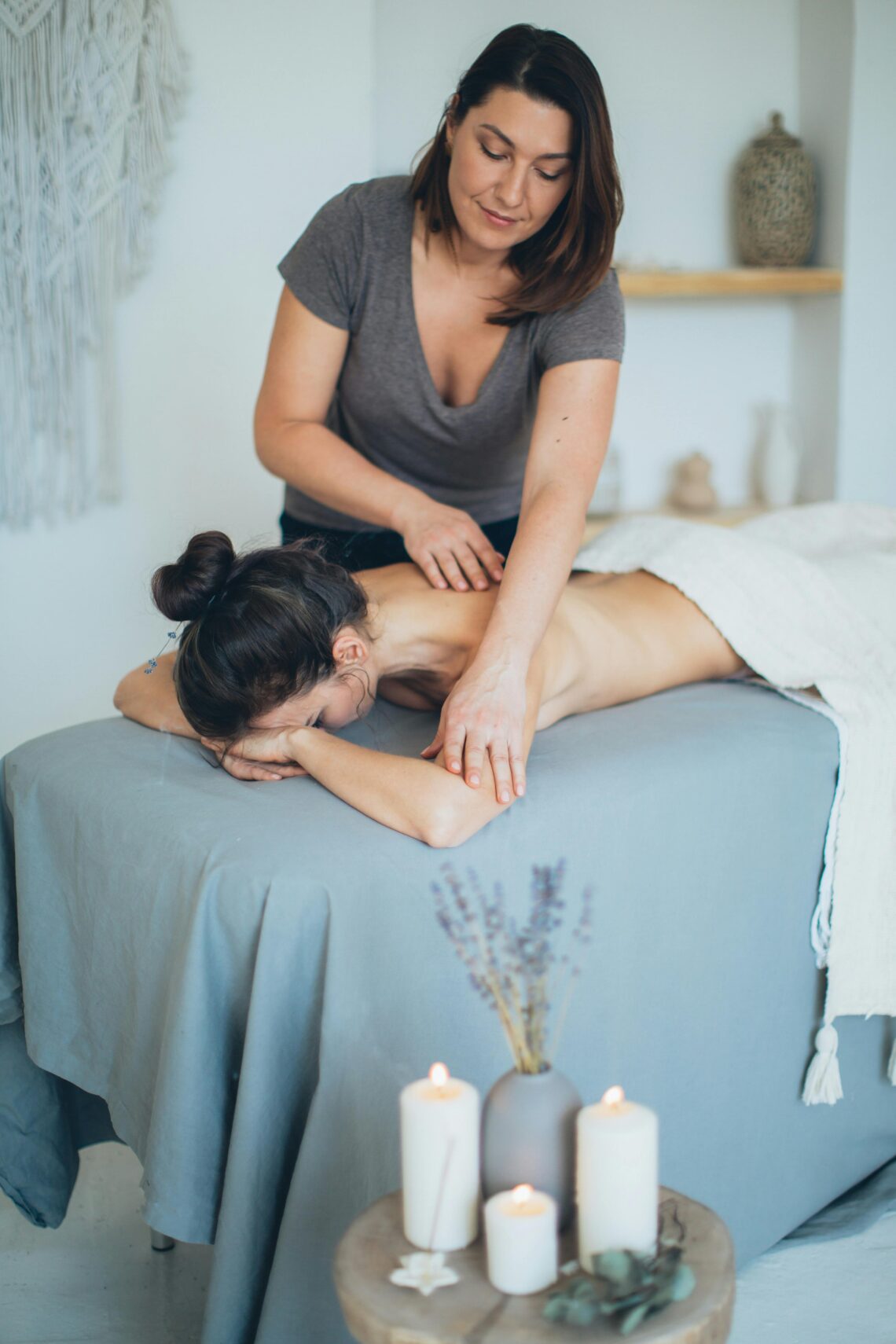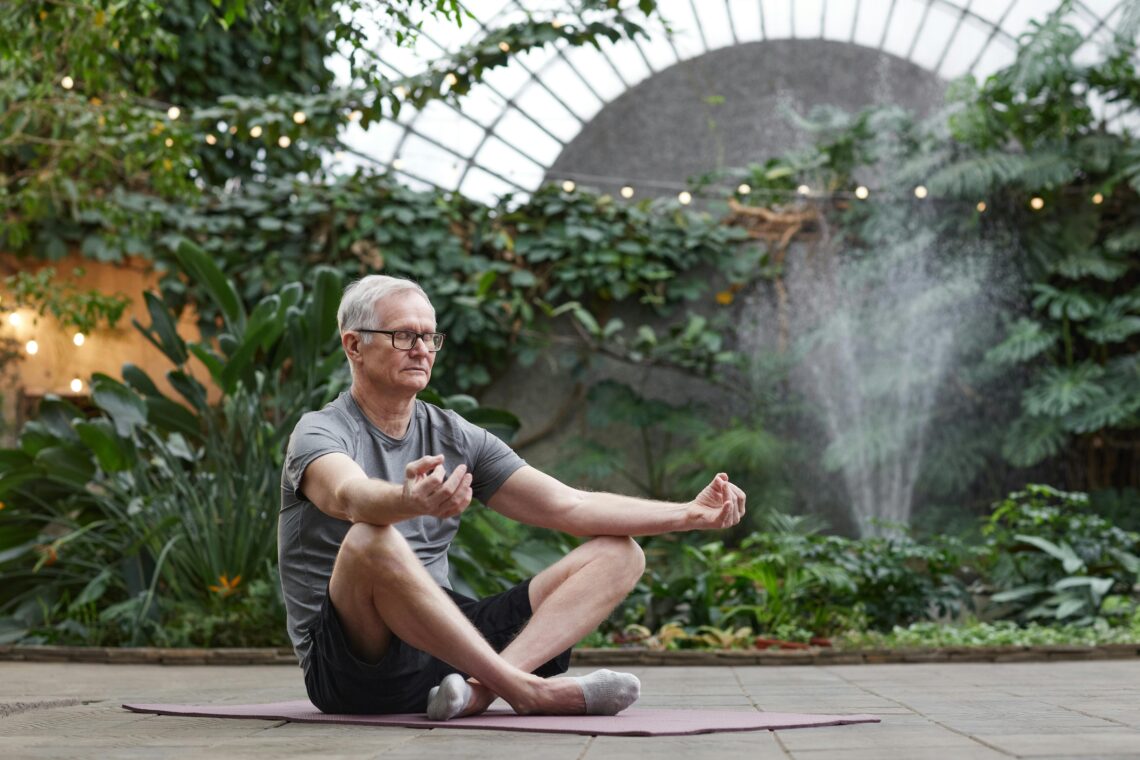Massage therapy, a practice rooted in ancient healing traditions, is emerging as a powerful tool in modern stroke rehabilitation. For stroke survivors, the journey to recovery is often long and arduous, involving a blend of physical therapy, occupational therapy, and psychological support. Amidst these traditional treatments, massage therapy offers a unique and holistic approach to aiding recovery. This article explores the multifaceted benefits of massage therapy for stroke survivors and how it can be integrated into their rehabilitation regimen. Physical Benefits of Massage for Stroke Survivors One of the most significant benefits of massage therapy for stroke survivors is its…
-
-
Introduction Stroke rehabilitation is a critical phase in the recovery journey for stroke survivors. While traditional therapies like physical and occupational therapy are well-known, the benefits of massage therapy are gaining recognition. Massage therapy can be a powerful tool to aid in the recovery process, offering both physical and psychological benefits to stroke survivors. Physical Benefits of Massage Therapy Massage therapy can significantly aid in improving physical function for stroke survivors. One of the primary benefits is enhanced circulation. Improved blood flow helps deliver essential nutrients and oxygen to the affected areas, promoting healing and reducing muscle stiffness. Regular massage…
-
This study investigates psychological techniques to reduce anxiety and distress in stroke survivors, including those with aphasia. It consists of two parts. The first part identified preferred mindfulness and relaxation techniques and explored ways to adapt them. The second part tested the feasibility and acceptability of the adapted techniques. A mixed-methods approach was used, combining both qualitative and quantitative methods. Participants were community-dwelling stroke survivors. Thirteen participants with a median age of 61 years were involved in the first study, and 38 participants with a median age of 67 years were involved in the second study. In the first study,…





